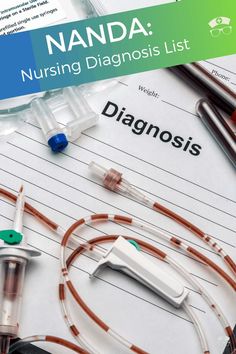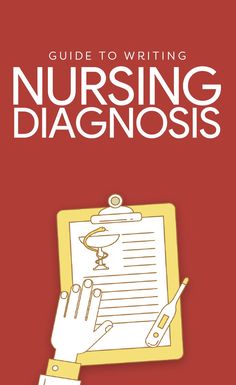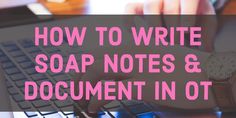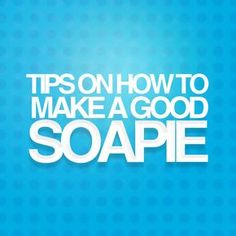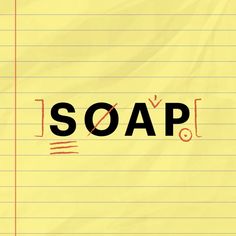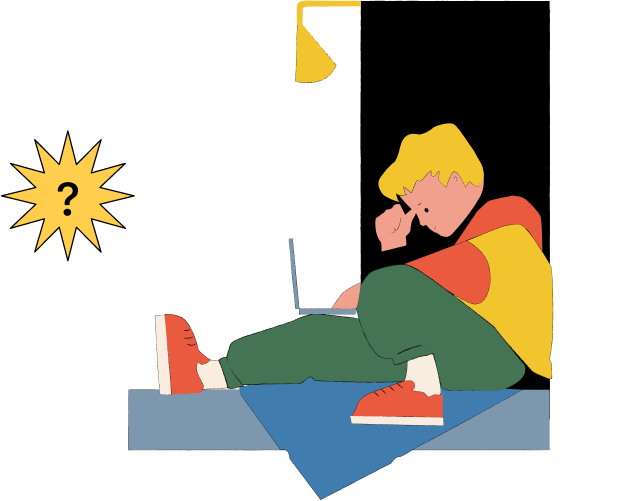Table of Contents
Introduction

The healthcare landscape is shifting towards a more patient-centered approach, where individual needs, values, and preferences take center stage. In this model, nurses play a critical role in ensuring patients are active participants in their care decisions. Patient-centered care documentation serves as a cornerstone of this approach, capturing not just medical facts but also the unique perspectives and goals of each patient.
Traditionally, medical records have focused primarily on objective observations and clinical data. Patient-centered documentation goes beyond that, actively incorporating the patient’s voice and incorporating their preferences into the care plan. This empowers patients to feel more in control of their health journey, leading to several key benefits.
Firstly, research suggests that patient-centered care documentation can lead to improved patient outcomes. By understanding a patient’s goals and priorities, nurses can tailor interventions and treatments more effectively. Secondly, increased patient satisfaction is often observed when patients feel heard and their preferences are respected. This fosters trust and strengthens the therapeutic relationship. Finally, clear and comprehensive documentation facilitates smoother communication among healthcare providers, ensuring everyone involved has a holistic understanding of the patient’s needs and care plan.
However, implementing patient-centered care documentation doesn’t come without its challenges. Ethical considerations arise in situations where patient preferences may conflict with established medical best practices. Additionally, resource constraints and time limitations can pose practical hurdles for nurses tasked with creating detailed, patient-centered documentation. Despite these challenges, the benefits of patient-centered documentation are undeniable. With a commitment to ethical practices and innovative strategies, nurses can leverage documentation as a powerful tool to empower patients and improve healthcare delivery.
Core Principles of Patient-Centered Care Documentation
Respecting Patient Autonomy
The foundation of patient-centered care documentation lies in respecting patient autonomy. This principle emphasizes a patient’s right to make informed decisions about their healthcare. Nurses play a crucial role in facilitating this process by ensuring patients understand their diagnoses, treatment options, and potential risks and benefits.
Incorporating patient preferences and goals into patient-centered care documentation is essential. During assessments, nurses should use open-ended questions to elicit information about a patient’s desired outcomes and preferred approach to care. This information can then be documented in a clear and concise manner, becoming an official part of the care plan.
Shared decision-making is fostered through clear communication and collaboration. By presenting treatment options alongside potential outcomes and respecting a patient’s autonomy, nurses can ensure informed consent. Documenting discussions about treatment options and the patient’s final decision demonstrates transparency and respect for patient autonomy.
Focusing on Patient Values and Needs
Patient-centered care documentation goes beyond medical data to capture the unique values and needs of each individual. This requires nurses to actively identify and document a patient’s:
- Values and beliefs: Understanding a patient’s religious beliefs, cultural background, and personal values allows for culturally sensitive care and helps tailor treatment plans accordingly. For example, documenting a patient’s religious beliefs regarding blood transfusions is crucial to avoid potential conflicts.
- Social determinants of health: Factors like socioeconomic status, living environment, and access to resources can all impact health outcomes. Documenting these factors provides a holistic view of the patient and allows for interventions that address these social determinants.
Tailoring care plans and documentation to address individual needs and preferences ensures a patient-centered approach. For example, a patient with a fear of needles might have a preference for oral medications whenever possible. Documenting this preference facilitates communication with other healthcare providers and ensures treatment aligns with the patient’s wishes.
Utilizing Clear and Concise Language
Patient-centered care documentation should be clear, concise, and understandable by both healthcare professionals and the patient themselves. This means avoiding complex medical jargon and using patient-friendly language. Nurses can achieve this by:
- Using plain language and short sentences.
- Defining technical terms that are necessary to use.
- Encouraging patients to ask questions and clarify any unclear information.
Clarity is particularly important when documenting patient preferences and goals. Precise language ensures everyone involved understands the patient’s wishes and avoids misinterpretations. For instance, instead of documenting “patient prefers pain medication as needed,” a more specific entry might state, “patient prefers oral ibuprofen 400mg every 6 hours for pain, as tolerated.”
Collaboration and Communication
Patient-centered care documentation thrives on collaboration and communication with patients and families. Here’s how nurses can achieve this:
- Involving patients and families in the documentation process: Encourage patients to review and provide feedback on their documentation. This fosters a sense of ownership and ensures the information accurately reflects their preferences.
- Utilizing shared decision-making tools: Visual aids, diagrams, and educational materials can help patients understand their options and participate actively in care decisions. Documenting a patient’s understanding of these tools demonstrates informed consent.
- Clear documentation facilitates communication among healthcare providers. Comprehensive and well-organized documentation ensures everyone involved has a clear picture of the patient’s care plan and preferences.
By adhering to these core principles, nurses can create patient-centered care documentation that empowers patients, improves care, and fosters strong communication within the healthcare team. Implementing Patient-Centered Care Documentation
Assessing Patient Preferences and Needs

The foundation for successful patient-centered care documentation lies in a thorough understanding of a patient’s preferences and goals. Nurses can employ various methods to gather this crucial information:
- Open-ended questions: Instead of yes-or-no questions, utilize prompts like “What are your biggest concerns about your health?” or “What would a successful outcome look like for you?” These questions encourage patients to share their perspectives and priorities.
- Active listening: Pay close attention to a patient’s verbal and nonverbal cues. Offer empathetic responses and encourage them to elaborate on their thoughts and feelings.
- Reviewing previous documentation: Existing medical records can offer insights into a patient’s past experiences, preferences, and cultural background.
Here are some examples of questions nurses can ask during assessments to gather information for patient-centered care documentation:
- Pain Management: “On a scale of 1 to 10, how would you rate your pain? What pain relief methods have worked best for you in the past?”
- Communication Preferences: “How would you like me to communicate updates about your care? Do you prefer phone calls, emails, or in-person meetings?”
- Treatment Goals: “What are your main goals for your recovery? Are there any specific activities you hope to be able to do again?”
Active listening and open communication are crucial throughout the assessment process. By creating a safe space for patients to express themselves freely, nurses can build trust and gather valuable information for patient-centered care documentation.
Documentation Techniques
Various tools can support the creation of patient-centered care documentation. A widely used framework is the SOAP note format (Subjective, Objective, Assessment, and Plan). While all sections are important, the “S” (Subjective) section takes on particular significance in this context.
- Subjective Section: This section should capture the patient’s perspective using their own words whenever possible. Direct quotes and narratives can be extremely valuable in understanding a patient’s goals and preferences.
Here are some strategies for integrating patient narratives, goals, and preferences into documentation:
- Document patient-identified goals: “Patient’s primary goal is to regain full range of motion in their shoulder after surgery.”
- Include specific preferences: “Patient prefers to avoid opioid pain medication whenever possible and requests oral ibuprofen for pain management.”
- Capture cultural considerations: “Patient adheres to a strict vegetarian diet due to religious beliefs.”
Utilizing Technology
Electronic Health Records (EHRs) have the potential to streamline and facilitate patient-centered care documentation. However, their effectiveness depends on user-friendly interfaces and features that promote patient involvement.
Ideally, EHRs should offer:
- Patient portals: These portals allow patients to review their medical records, including their preferences and goals documented by nurses.
- Drop-down menus with pre-populated options: While not ideal for capturing unique narratives, these can expedite documentation of common preferences (e.g., pain scale, preferred communication method).
- Free-text sections: These are essential for documenting patient narratives and specific goals that may not be captured by pre-populated options.
Challenges exist when implementing EHRs for patient-centered care documentation. Workflow redesign, staff training, and ensuring adequate time for thorough documentation are all essential considerations. Despite these challenges, EHRs can be powerful tools when optimized for patient engagement.
By employing these methods for assessment, documentation techniques, and technology utilization, nurses can ensure that patient-centered care documentation becomes a reality, empowering patients and fostering a more collaborative healthcare experience.
Ethical Considerations and Challenges

While patient-centered care documentation offers numerous benefits, ethical considerations must be addressed. Confidentiality and privacy remain paramount. Information documented about a patient’s preferences and goals must be handled with care, ensuring only authorized personnel have access.
Furthermore, situations may arise where a patient’s preferences conflict with established medical best practices. For instance, a patient might refuse a crucial diagnostic test due to religious beliefs. In such cases, ethical dilemmas emerge. Patient-centered care documentation should clearly reflect these situations and the discussions held with the patient to ensure informed consent. While respecting autonomy is key, documentation should also record efforts to educate the patient about potential risks associated with refusing recommended care.
Beyond ethical considerations, challenges exist in implementing patient-centered care documentation. Time constraints and limited resources can make it difficult for nurses to dedicate the time needed for thorough assessments and detailed documentation. Additionally, some healthcare providers may be resistant to changing traditional documentation practices.
Strategies can help overcome these challenges. Staff training on the importance and benefits of patient-centered care documentation is crucial. Improved communication between nurses, patients, and other healthcare providers fosters a collaborative environment where patient preferences are valued. Finally, workflow adjustments, such as dedicated time for assessments and documentation, can create a more efficient and patient-centered approach.
By acknowledging ethical considerations, actively addressing challenges, and implementing effective strategies, nurses can ensure that patient-centered care documentation becomes a standard practice, empowering patients and leading to improved healthcare outcomes.
Conclusion
Patient-centered care documentation rests on core principles: respect for patient autonomy, focus on individual needs and values, clear communication, and collaborative decision-making. This approach offers significant benefits. Patients feel empowered, participate more actively in their care, and experience increased satisfaction. Additionally, clear documentation fosters better communication among healthcare providers, leading to improved care coordination and potentially even better outcomes.
However, ethical considerations concerning confidentiality and potential conflicts between patient preferences and medical practices require careful attention. Challenges like time constraints and resource limitations also need to be addressed. Strategies such as staff training, improved communication, and workflow adjustments are crucial for overcoming these hurdles and ensuring successful implementation.
The future of patient-centered care documentation is bright. As technology evolves, tools like user-friendly EHRs and patient portals will further enhance patient engagement and streamline documentation processes. Nurses play a pivotal role in promoting this approach. By embracing these principles, nurses can champion patient-centered documentation, empowering individuals, facilitating communication, and ultimately driving better healthcare for all.
In conclusion, patient-centered care documentation is more than just recording medical data. It’s about recognizing the patient as an individual with unique needs and preferences. By adopting this approach, nurses contribute to a healthcare system that is collaborative, empowering, and ultimately leads to better patient outcomes.
Nurses, are you ready to empower your patients and improve healthcare delivery? Start by familiarizing yourself with the principles of patient-centered care documentation. Many resources are available online and through professional organizations. Advocate for staff training and explore user-friendly documentation tools within your healthcare facility. Remember, every conversation you have with a patient is an opportunity to gather valuable information and create truly patient-centered care documentation. Together, we can transform healthcare into a more collaborative and empowering experience for all.


